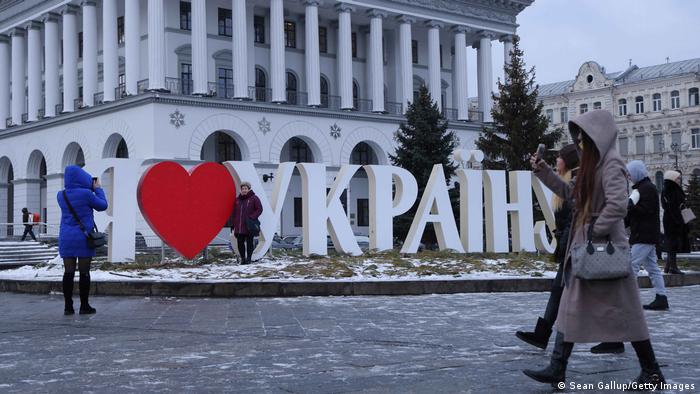
Brazil's leftist ex-president Luiz Inacio Lula da Silva, seen here in December 2021, is leading in national polls against Bolsonaro, but lagging behind in Evangelical support (AFP/NELSON ALMEIDA)
Marcelo SILVA DE SOUSA
Thu, February 24, 2022,
The campaign for Brazil's October presidential elections has not yet officially started, but the candidates are already bending over backwards to woo a powerful constituency: Evangelical Christians.
Evangelicals, who are estimated to make up a third of Brazil's population, were core supporters in President Jair Bolsonaro's victory in 2018, and the far-right leader is doing his best to make sure he keeps hold of the bloc.
But leftist ex-president Luiz Inacio Lula da Silva, who leads in the polls, is courting Evangelicals too, setting up a showdown for the fast-growing demographic in the Latin American giant.
"This is an administration that proudly says it believes in God... that defends Brazilian families," Bolsonaro said last month, summing up his pitch to Evangelical voters.
He had already delivered one key promise in July, following through on his pledge to place a "terribly Evangelical" judge on the Supreme Court by nominating Presbyterian minister Andre Mendonca.
Lula, the popular-but-tarnished ex-president (2003-2010), is not giving up the Evangelicals without a fight, though.
His Workers' Party plans to launch a podcast next month aimed at Evangelical listeners, and this week he met influential pastor Paulo Marcelo Schallenberger to enlist his help in crafting a strategy to win their votes.
Lula is particularly keen to assuage Evangelicals' fears on the question of values, given that many of them see the Brazilian left as too liberal on social issues, a party insider told AFP.
Third-place candidate Sergio Moro, a former graft-busting judge, has also joined the battle: this month he promised Evangelical leaders to follow a list of 14 moral principles, including maintaining Brazil's highly restrictive abortion laws.
"The candidates' actions show how important the Evangelical market is in Brazilian politics," said political scientist Andre Cesar of consulting firm Hold.
"Evangelicals have never had as much space as now," he told AFP.
- Bolsonaro bastion -

Bolsonaro's popularity has been sagging for months, dragged down by a struggling economy and his widely criticized handling of the coronavirus pandemic.
But he continues to enjoy broad support from Evangelical voters -- 44 percent to 32 percent for Lula, according to a poll published last week by PoderData.
That is almost the exact inverse of their poll numbers for the electorate as a whole: 40 percent for Lula and 31 percent for Bolsonaro.
Evangelicals played a decisive role in Bolsonaro's victory four years ago, when he won 70 percent of their votes in the runoff against Lula acolyte Fernando Haddad.

Bolsonaro is not an Evangelical himself -- he is Catholic -- but his wife is fervently Evangelical.
In 2016, he also had himself baptized by an Evangelical pastor in Israel's River Jordan.
The 66-year-old president "shares the same values as Evangelicals on homosexuality, abortion and the importance of the traditional family," said anthropologist Juliano Spyer, author of a book on Brazil's burgeoning Evangelical movement.
"He's not their absolute ideal candidate, but they see him as the best one out there."
- Value call -

Evangelical lawmaker Sostenes Cavalcante says he is confident the faithful will give their vote to Bolsonaro again.
"We haven't had to fight affronts to our values with this administration," he said.
Under Lula and the Workers' Party, he said, Evangelicals "were constantly fighting initiatives on legalizing abortion, gay marriage and sexualizing kids in schools."
However, Evangelicals are an awkward fit with the president's hardline base in demographic terms.
Mostly black, female and poor, they are ill at ease with some of Bolsonaro's stances, including his anti gun control policies.
Like all working-class Brazilians, they have also been hit hard in their wallets as the country has sunk into a malaise of recession and high inflation.
But according to Cavalcante, "even in an economic crisis, Evangelicals will be guided by their values."
msi/jhb/des/oho













